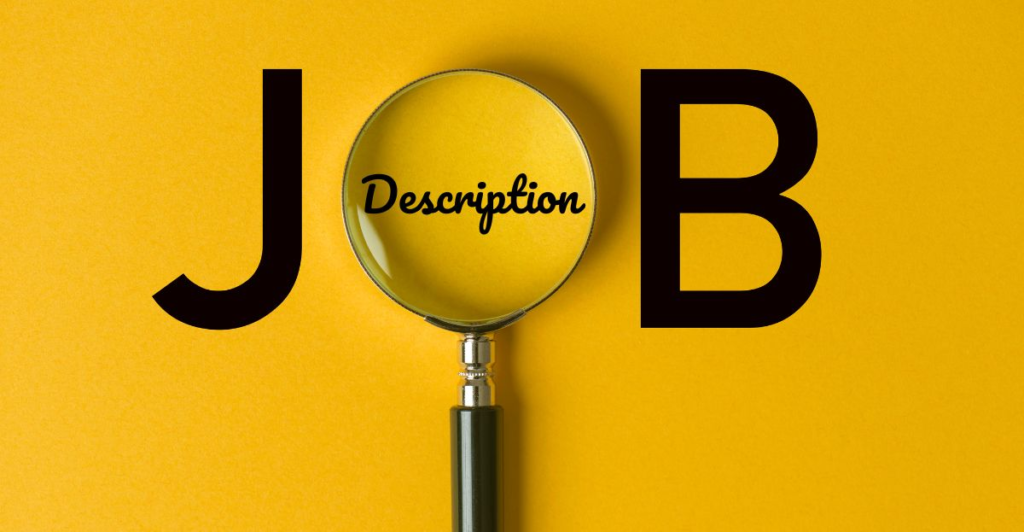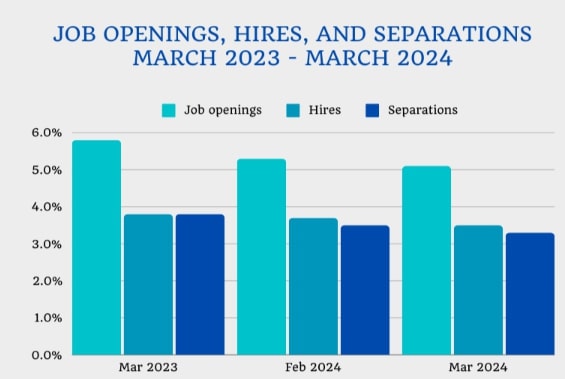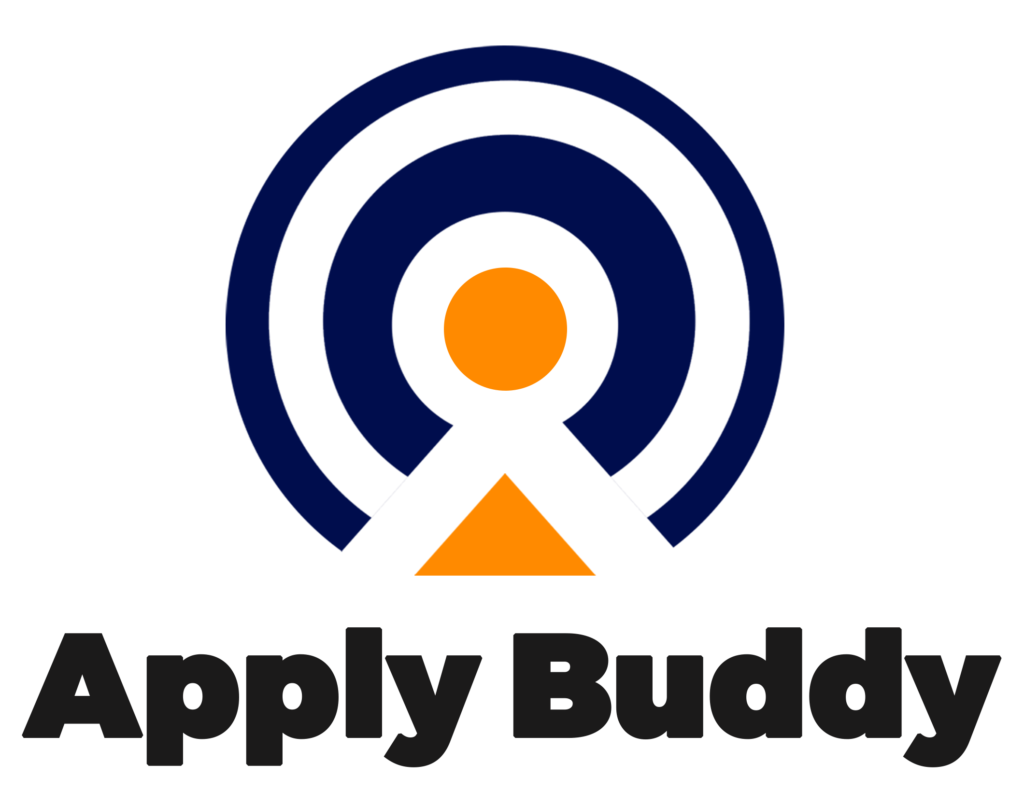A supporting statement is a vital part of a job application that can determine whether you land an interview or get overlooked. It allows you to showcase your unique skills, experiences, and fit for the role beyond what’s in your CV. Crafting a compelling supporting statement involves strategically aligning your qualifications with the job’s key requirements and the company’s values.
The foundation of a strong supporting statement is a thorough understanding of the job description. Start by reading the job description multiple times to grasp what the role entails fully. Highlight or note the essential requirements and qualifications mentioned. This step is crucial for tailoring your supporting statement to address these points directly.
This article will walk you through writing an effective supporting statement, including understanding the job description, structuring your statement, and avoiding common pitfalls. Whether applying for your first job or making a career change, mastering the art of writing a supporting statement can significantly boost your job application.
Understanding the Job Description

89% of job seekers emphasised the need for employers to clarify job requirements. Recruiters have responded with detailed descriptions of job adverts. Consequently, understanding a job description is essential for effectively applying for a position and aligning your skills and experiences with the employer’s expectations. By carefully analyzing the job title, summary, key responsibilities, and qualifications, you can tailor your application to showcase your suitability for the role. This guide will help you navigate and interpret job descriptions to enhance your job search strategy.
Analyse the Key Requirements and Responsibilities
Once you have a good grasp of the job description, analyse the key requirements and responsibilities. Break down the job description into its core components and categorize them into themes such as technical skills, soft skills, and experience levels. For instance, if the job requires project management skills, highlight your experience in leading projects, managing timelines, and coordinating teams.
If customer service is a significant aspect, emphasise your communication skills, problem-solving abilities, and relevant experience. This analysis allows you to create a focused narrative in your supporting statement, ensuring that each point you make is directly relevant to the job.
Read also:
Identifying the Essential Skills and Qualifications Needed

Always pay attention to the essential skills and qualifications needed for the role. These might include:
- Soft Skills
- Technical skills
- Certifications
- Educational qualifications.
75% of HR professionals believe there is a skills gap among job applicants, so identify the skills that are explicitly mentioned and those that are implied. This way, you can adapt your experiences with the required skills. For example, a job description might state the need for proficiency in specific software, but it might also imply the need for analytical skills or attention to detail.
By identifying and addressing these essential skills and qualifications in your supporting statement, you can demonstrate that you can perform the job and possess the necessary qualifications to excel.
Structure of a Supporting Statement

A well-structured supporting statement is easier to read and more effective in conveying your message. It should be divided into clear sections: introduction, main body, and conclusion.
Introduction: The introduction of your supporting statement should grab the employer’s attention and provide a brief overview of who you are and why you are applying for the job. Mention the specific position you are applying for and a sentence or two about why you are interested in the role and the company. This sets the stage for the rest of your statement and shows your genuine interest in the position.
Main Body: The main body of your supporting statement is where you detail your skills, experience, and qualifications. This section should be divided into sub-sections to enhance readability.
Skills and Experience: Discuss your relevant skills and experiences in this section. Use specific examples to illustrate your points, and make sure to link these examples back to the job requirements. For instance, if the job requires team leadership, describe a situation where you successfully led a team, your challenges, and the outcomes of your efforts.
Alignment with the Role: Explain how your skills and experiences align with the role in this section. Highlight how your background makes you a suitable candidate for the position. This is your opportunity to connect the dots with the employer, showing that you understand the job requirements and have the necessary skills to meet them.
Read also:
Demonstrate Your Understanding of the Company’s Values and Goals
Employers appreciate candidates who have taken the time to understand their company. Research the company’s mission, values, and goals, and mention how these resonate with you. Explain how you can contribute to the company’s objectives and how your personal values align with theirs. This demonstrates that you are not just looking for any job but specifically want to be part of their team.
Conclusion: The conclusion of your supporting statement should reiterate your enthusiasm for the role and summarize why you are a strong candidate. Briefly restate your key points, express your eagerness to discuss your application further in an interview, and thank the employer for considering your application. This leaves a positive impression and reinforces your commitment to the position.
Tips for Writing an Effective Supporting Statement

Writing an effective supporting statement requires clarity, conciseness, and relevance. Here are some tips to help you craft a compelling statement:
- Be Concise and to the Point: Avoid unnecessary details and focus on the key points demonstrating your suitability for the role.
- Use Clear and Professional Language: Maintain a formal tone and avoid jargon or overly complex language. Your statement should be easy to read and understand.
- Tailor the Statement to the Specific Job: Customise your supporting statement for each job application. Highlight the skills and experiences that are most relevant to the specific role.
- Proofread for Errors and Clarity: Ensure your statement is free from grammatical errors and typos. A well-written statement reflects your attention to detail and professionalism.
Common Mistakes to Avoid
Avoiding common mistakes can significantly enhance the quality of your supporting statement:
- Being Too Vague or Generic: Provide specific examples and details directly related to the job. Avoid general statements that could apply to any role.
- Repeating Your CV Verbatim: Your supporting statement should complement your CV, not duplicate. Use this opportunity to provide additional context and insights into your experiences.
- Failing to Address the Job Requirements: Ensure your statement addresses the key requirements and qualifications mentioned in the job description. Tailor your examples to demonstrate your suitability for the role.
- Overlooking the Importance of Research: Research the company and the role thoroughly. Demonstrating your knowledge about the company shows your genuine interest and commitment.
- Using Clichés or Buzzwords: Avoid overused phrases like “hard worker” or “team player” without providing specific examples. These can make your statement sound generic and insincere.
- Neglecting to Highlight Achievements: Simply listing your duties is not enough. Highlight your achievements and how they relate to the job you’re applying for.
- Ignoring the Company’s Values and Culture: Each company has its own culture and values. Tailor your statement to reflect how your personal values and professional approach align with the company.
- Writing in a Disorganized Manner: A well-structured statement is easier to follow. Ensure your statement has a logical flow, with clear sections and sub-sections.
Read also:
Conclusion
Writing a compelling supporting statement is essential in the job application process. By understanding the job description, analyzing key requirements, and structuring your statement effectively, you can highlight your skills and experiences that align with the employer’s needs.
Use the STAR method to provide clear and concise examples and tailor your statement to the specific job to make a strong impression. Avoid mistakes such as being too vague, repeating your CV, or failing to address the job requirements.
With careful preparation and attention to detail, you can craft a supporting statement that enhances your application and increases your chances of securing an interview. Remember, a well-written supporting statement showcases your qualifications and demonstrates your enthusiasm and commitment to the role, making you a standout candidate in the eyes of potential employers.
Frequently Asked Questions (FAQs) for How to Write a Supporting Statement for a Job Application
What should I include in the introduction of my supporting statement?
In the introduction, briefly introduce yourself, mention the specific position you are applying for, and explain why you are interested in the role and the company.
How long should a supporting statement be?
A supporting statement should typically be 500 to 1000 words, depending on the job application requirements. It should be long enough to cover the key points but concise enough to maintain the reader’s interest.
Should I use the same supporting statement for different job applications?
No, tailoring your supporting statement for each job application is important. Highlight the skills and experiences most relevant to the specific role you are applying for.
How do I effectively highlight my skills and experiences?
Use specific examples from your past experiences that demonstrate your skills and achievements. Structure your responses using the STAR method (Situation, Task, Action, Result) to provide clear and concise examples.
